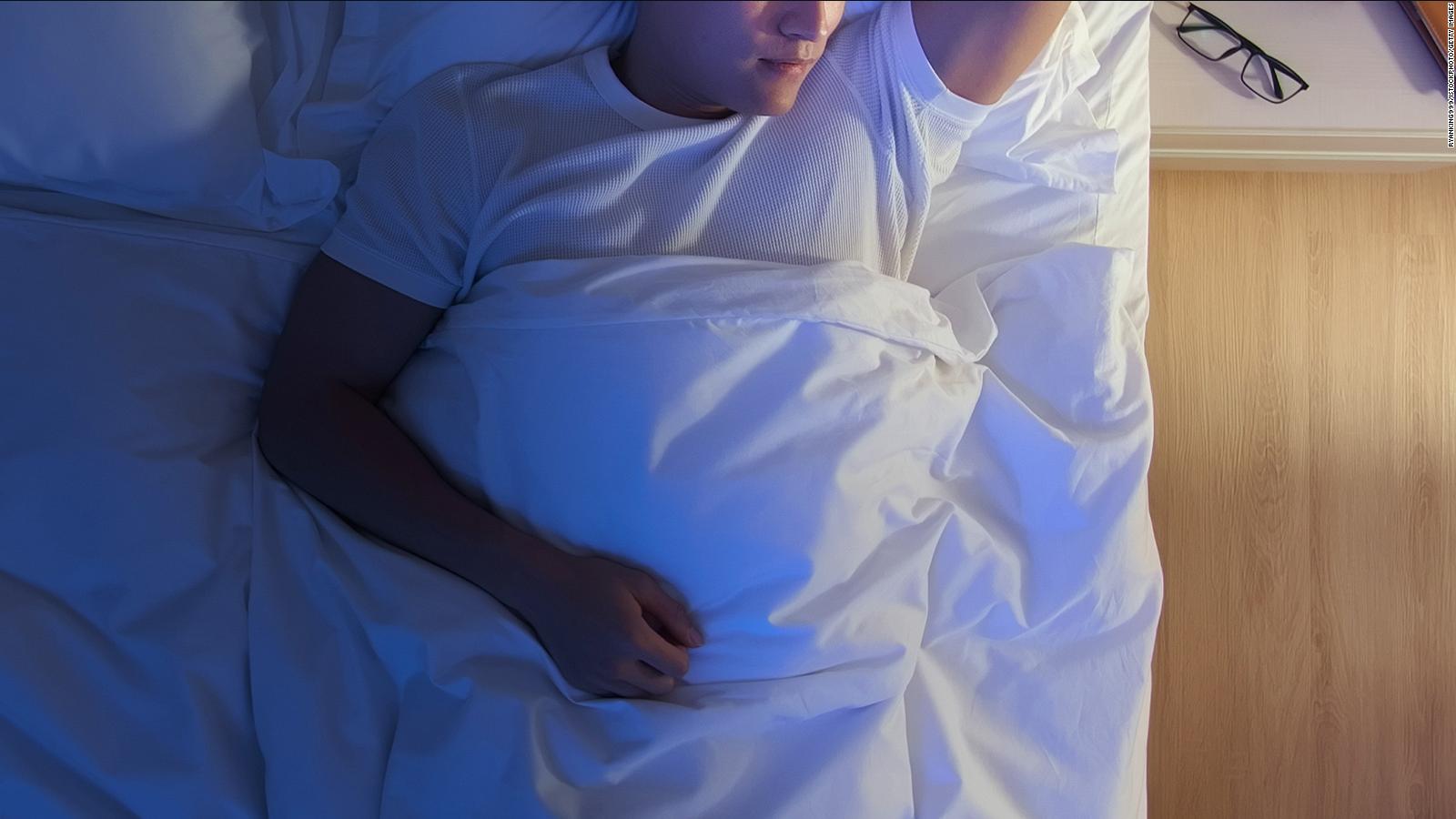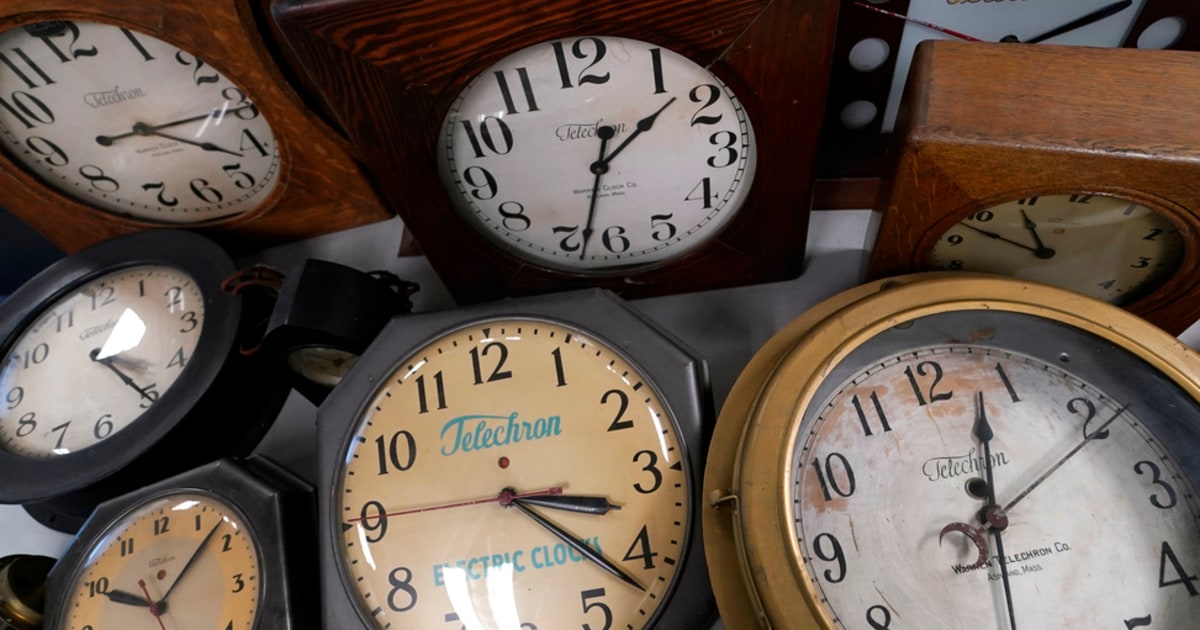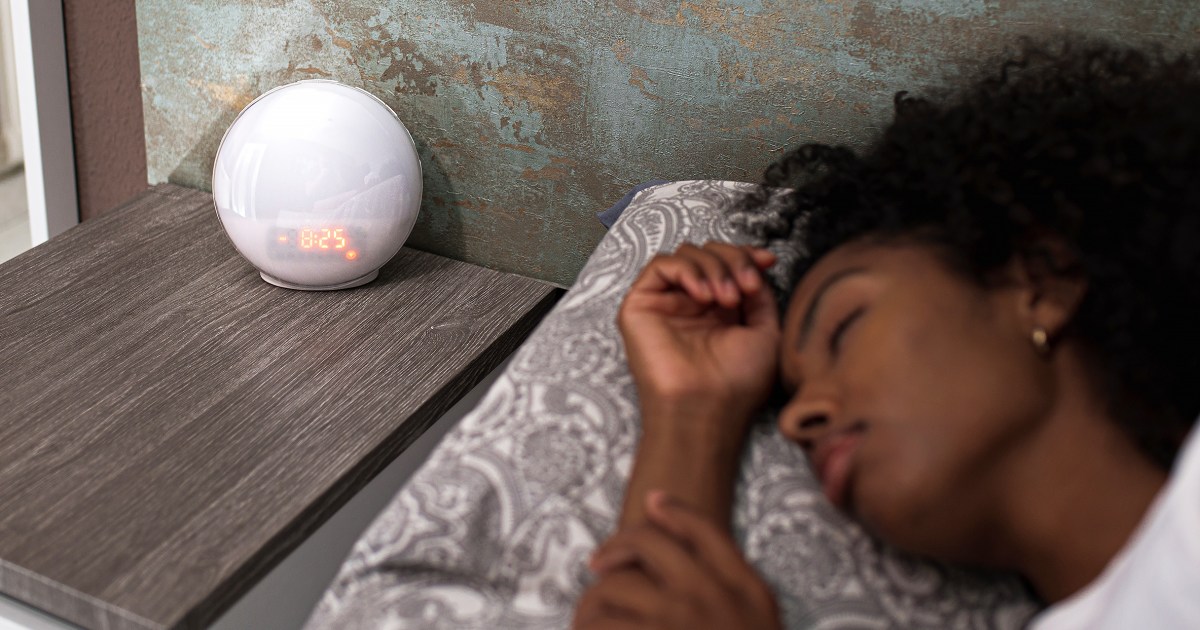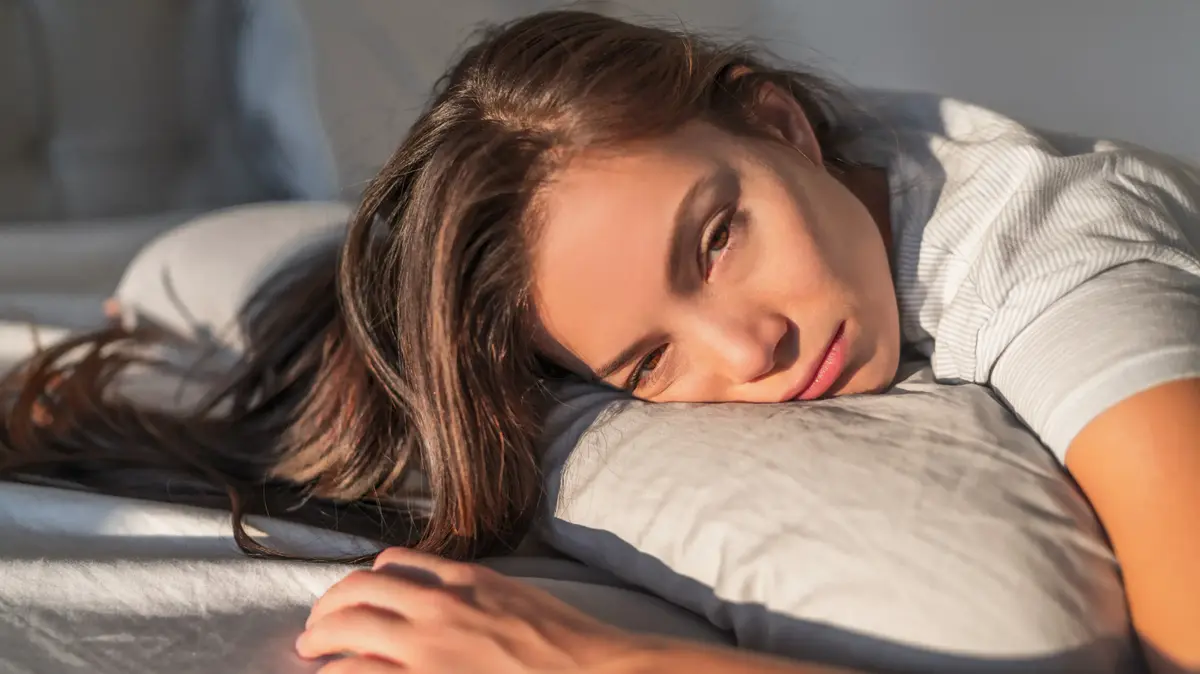What amount of sleep is ideal to be and feel good?
0:41
(CNN) --
Even dim light can disrupt sleep, raising the risk of serious health problems in older adults, a new study found.
"Exposure to any amount of light during the sleep period was correlated with a higher prevalence of diabetes, obesity and hypertension in both older men and women," lead study author Phyllis Zee, chief of sleep medicine, told CNN. at Northwestern University Feinberg School of Medicine in Chicago.
Try This 5-Minute Yoga Routine Before Bed For Sleep
"People should do everything possible to avoid or minimize the amount of light they are exposed to during sleep," he added.
A study published earlier this year by Zee and his team examined the role of light in the sleep of healthy adults in their 20s.
Sleeping alone one night with dim lighting, such as a TV with no sound, raised the blood sugar level and heart rate of young people during the sleep lab experiment.
Previous studies have shown that an elevated heart rate at night is a risk factor for future heart disease and premature death, while higher blood sugar levels are a sign of insulin resistance, which ultimately instance can lead to type 2 diabetes.
Dim light entered the eyelids and disrupted the young adults' sleep even though the participants slept with their eyes closed, Zee said.
However, even that small amount of light created a deficit in slow-wave, rapid eye movement sleep, the stages of sleep in which most cell turnover occurs, she said.
advertising
How does lack of sleep impact human beings?
3:02
objective measures
The new study, published Wednesday in the journal Sleep, focused on older people who are "already at increased risk for diabetes and cardiovascular disease," said study co-author Dr. Minjee Kim, an assistant professor of neurology at the Northwestern University Feinberg School of Medicine, in a statement.
"We wanted to see if there was a difference in the frequency of these diseases related to light exposure at night," Kim said.
Instead of bringing people into a sleep lab, the new study used a real-world setting.
The researchers gave 552 men and women between the ages of 63 and 84 an actigraph, a small device that is worn like a wristwatch and measures sleep cycles, average movement and light exposure.
The importance of sleep in human health
"We're actually measuring the amount of light the person is exposed to with a sensor on their body and comparing it to their sleeping and waking activity over a 24-hour period," Zee said.
"What I think is different and remarkable about our study is that we have really objective data with this method."
Zee and his team said they were surprised to find that fewer than half of the men and women in the study consistently slept in the dark for at least five hours a day.
"More than 53% or so had some light at night in the room," he said.
"In a secondary analysis, we found that those who had higher amounts of light at night were also more likely to have diabetes, obesity, or hypertension."
In addition, Zee said, people who slept in higher light levels were more likely to go to bed and wake up later, and "we know that late sleepers also tend to be at higher risk for cardiovascular and metabolic disorders."
4 easy exercises to sleep better 3:34
To do
Strategies to reduce light levels at night include placing the bed away from windows or using light-blocking blinds.
Don't charge laptops and cell phones in your bedroom where melatonin-disrupting blue light can disrupt your sleep.
If low light levels persist, try a sleep mask to protect your eyes.
Sleep Apnea and Snoring: 8 Warning Signs to Watch Out For
If you have to get up, don't turn on the lights if you don't have to, Zee advised.
If you do, keep them as dim as possible and only on for short periods of time.
Older adults often have to get up at night to go to the bathroom, due to health problems or medication side effects, Zee said, so advising that age group to turn off all the lights could put them at risk of fall down.
In that case, consider using night lights placed very low to the ground and choose amber or red lights.
That spectrum of light has a longer wavelength and is less intrusive and disruptive to our circadian rhythm, or biological clock, than shorter wavelengths like blue light.
Sleep qualitySleep















